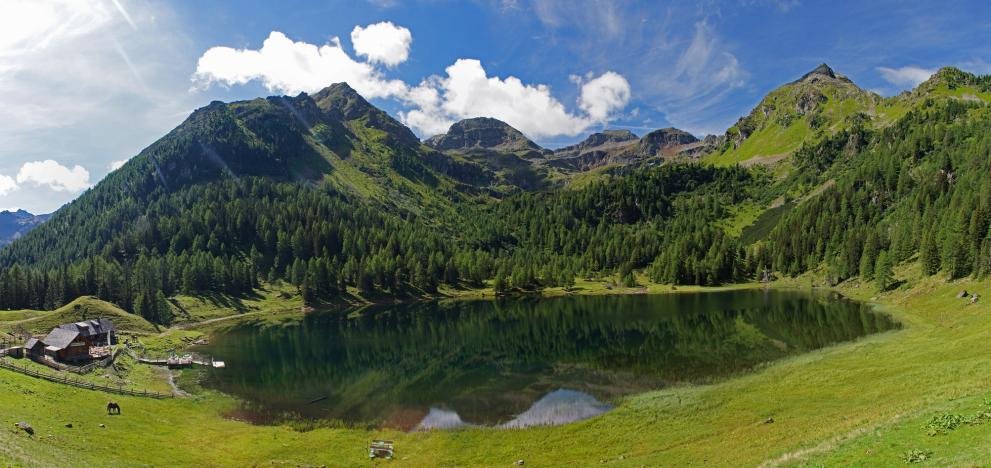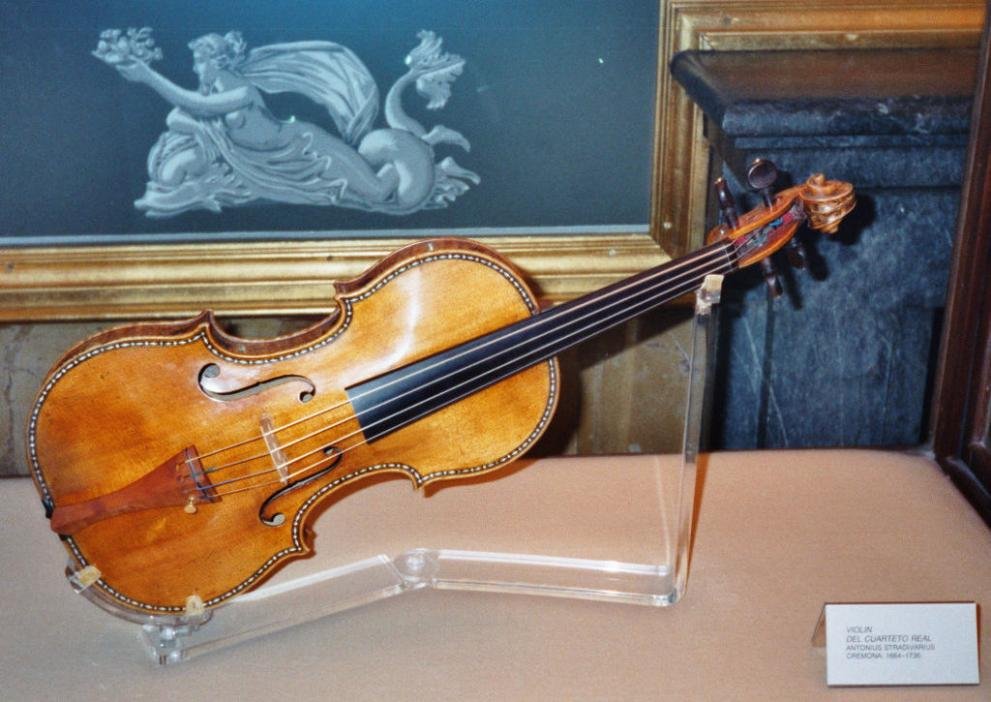Picea abies (L.) Karst.
French: épicéa
German: Gemeine Fichte, Gewöhnliche Fichte
Italian: abete rosso
Etymology of Latin species name: abies = to gush, due to the resin coming out from the bark
Where it grows
Norway spruce dominates Europe’s Boreal and sub-Alpine coniferous forests, ranging from Central to Northern Europe and east to the Ural Mountains. It grows from sea level in northern regions and to elevations of 2 000 m and more in the Alps. People have cultivated Norway spruce since the 18th century, and it currently dominates many plantations, also outside its natural range, for example in the British Isles and the Pyrenees.
What it looks like
This conifer is a large tree, which can grow up to 50-60 m in height and develop a trunk of 150 cm in diameter over a 200- to 300-year life span. The crown is cone- or column-shaped. The needle-like leaves are light to dark green with fine white-speckled lines. They are 1-2.5 cm long, and have a 4-angled cross section. You’ll find the female flowers at the tip of the young shoots in early summer. These are dark red at first, and then develop into 12-15 cm long cones that turn green and then brown in autumn, and open up to disperse seeds that have small wings.
Uses
Norway spruce is one of the most important coniferous species in Europe, both from an economic and ecological point of view (e.g. erosion control). Especially in northern European countries, its wood is much used in timber construction and for producing paper. The wood is also used for a wide range of commodities, such as joinery timber, furniture, veneer and as tone-wood for musical instruments. However, as spruce wood is not durable, it is not suitable when decay-resistance and toughness are required.
Did you know?
- Stradivarius and other eminent Italian violin makers of the 17th and early 18th centuries used Norway spruce wood from the forests of the southern parts of the Italian Alps for the tops of their violins, in particular from the “Forest of the Violins” in the Parco Naturale di Paneveggio (Trentino, N-E Italy).
- In the mountains of Sweden, fossil remains of dead wood connected to a living Norway spruce have been dated with radiocarbon to the early Holocene, from about 9 500 years ago. The tree, nicknamed ‘Old Tjikko’, must have re-sprouted many times from its roots over the course of millennia.
- The Norway spruce was the first gymnosperm to have its genome sequenced, in 2013. The genome consists of ca. 20 billion base pairs, about six times the size of the human genome, despite having a similar number of genes.
- Captain Cook carried ‘spruce beer’ on his sea voyages to prevent scurvy in his crew. Made from the buds and needles of fresh Norway spruce shoots, the beer was rich in vitamin C. Spruce tips are still used by brewers today to add a fresh and bright aroma to their beer.
Check out the European Atlas of Forest Tree Species. It has much more information about Norway spruce and many other tree species in Europe's forests.

Distribution map of Norway spruce in Europe. Source: Caudullo et al. 2017 - CC-BY 4.0.

Dark red female inflorescence at the top of a young shoot. © juerpa68, Adobe Stock

Open mature cones. © alessandrozocc, Adobe Stock

Old Tjikko, a living Norway spruce growing in the Swedish mountains, whose fossil wood dates back 9500 years. © Karl Brodowsky, Wikimedia - CC-BY 3.0

Norway spruce and larch mixed forest at 1600 m a.s.l. by the Duisitzkarsee lake in the Austrian Alps (Liezen District). © rorue, Adobe Stock

A Stradivarius violin. The top of the body (also known as the belly or table) was made of Norway spruce wood from the "Forest of the Violins" in the Paneveggio Nature Park (Trentino, N-E Italy). © Gryffindor, Wikimedia - Public Domain

